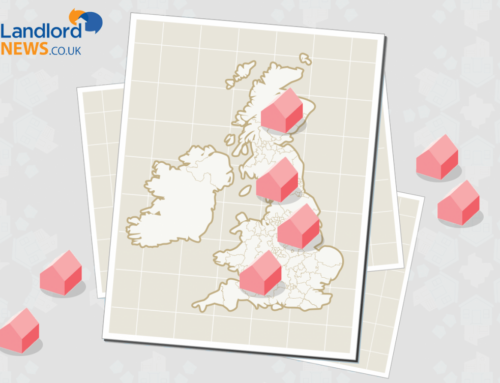This article is an external press release originally published on the Landlord News website, which has now been migrated to the Just Landlords blog.

Fewer people moved house in the first half of 2015 than in the same period last year, suggests a new survey by Lloyds Bank.
The banks’ latest Homemovers Review shows that 155,000 people moved property during the first six months of the year, which was 9% down on the opening period of 2014.[1]
Decline
Despite the year-on-year decline, the number of homemovers in the opening six months of 2015 was 32% more than in the same timeframe in 2009. However, the total was way down than in the first six months of 2007, where there were 327,600 movers.[1]
As the total number of homemovers fell between the opening halves of 2014 and 2015, first-time buyers also fell by 10% during the same period. The number of first-time buyers has however risen significantly more sharply than the number of homemovers during recent history.[1]
Andrew Mason, Mortgages Director at Lloyds Bank, commented, ‘there was a modest decline in the number of homemovers in the first half of the year compared with 2014, which was in line with the general softening in housing market activity. Whilst the number of homemovers has risen significantly since 2009, it remains well below previous levels and has recovered less strongly than first-time buyer numbers. This is likely to partly reflect the high costs associated with moving home, as well as highlighting the difficulties that homeowners can face in finding somewhere suitable to move to due to the shortage of properties available for sale.’[1]
Prices
Data from the report also shows that the typical price paid by a homemover has risen by 25.2% over the last five years, from £208,654 to £261,524, an increase of £52,869. In addition, the average deposit put down by someone moving house in 2015 was £87,954-8% greater than last year. This equates to 34% of the typical price paid in total by homemovers.[1]
By regional, the data shows that unsurprisingly, movers in the capital put down the largest deposit of £175,273, which amounts to 36% of the average property value in the region of £492,882.[1]
Stamp Duty joy
Alterations to Stamp Duty charges have also saved the average homemover £4,769, which has reduced the tax bill for someone buying the average priced property of £261,524 from £7,845 to £3,076.[1]
Nationally, the number of people moving home paying Stamp Duty is around 83%, in comparison to 76% in 2005. This number varies by region, with 100% of movers in London paying the tax, in comparison with 66%.[1]
Types of Property
Homemover purchases are relatively evenly spread between the three main property types-semi-detached (30%), detached (27%) and terraced homes (25%). However, first-time buyers prefer to buy flats, with 23% in comparison to 10% of overall homemover purchases of the same property type. [1]
In London, a far higher number of movers favour purchasing flats (32%). Additionally, homemovers in the capital bought a lot smaller proportion of detached homes than the national average, with 8% in comparison to 27%.[1]
[1] http://www.propertyreporter.co.uk/property/h1-2015-sees-a-decline-of-homemovers.html





